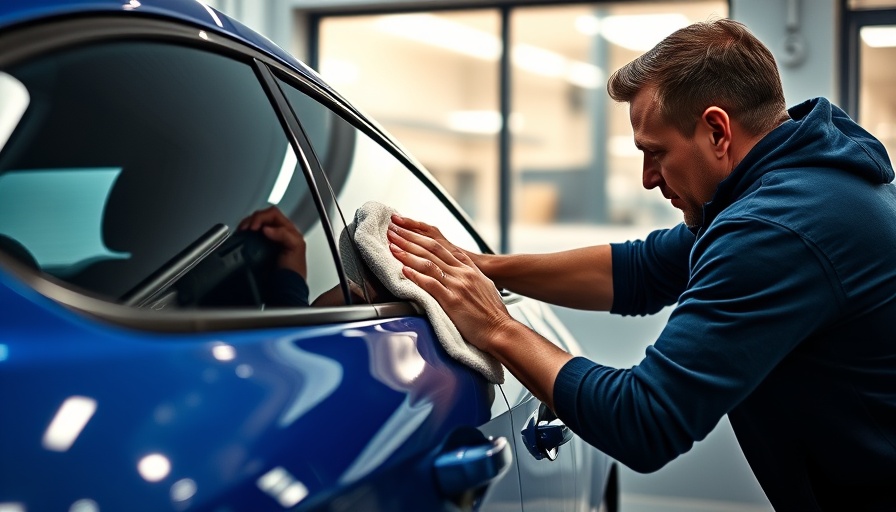
Why Car Wax Is More Than Just a Shine
Using car wax is one of the simplest yet most effective ways to keep your vehicle looking great. But why is this step so important for car enthusiasts? Beyond cosmetic appeal, car wax provides a protective layer that guards against environmental damage. Dirt, grime, and harmful UV rays can all wreak havoc on your paint job, leading to dullness and fading. By applying wax, you're not just polishing the surface; you're extending the life of your car's finish.
In 'Detail Tips: Why you should use car wax,' the discussion dives into the importance of car maintenance for enthusiasts, prompting an exploration of its benefits and best practices.
Understanding the Waxing Process
When you wax your car, you create a barrier that repels water and contaminants. It’s like giving your car a protective coat against rain, mud, and even tree sap! To get the most out of your wax, first, wash your car thoroughly. Ensuring the surface is dirt-free will let the wax adhere properly and create a more durable finish. Choose a quality wax, whether it be a liquid or paste, and follow the instructions to achieve the best result.
The Benefits of Regular Waxing
For car enthusiasts, the benefits of waxing regularly cannot be overstated. Not only does it make your vehicle stand out with a dazzling shine, but it also protects against rust and corrosion. This is especially important in areas where roads may be salted during winter months. Furthermore, a well-maintained finish can significantly enhance resale value. Potential buyers are often more inclined to pay top dollar for a car that looks well cared for.
Common Mistakes to Avoid
Many drivers make the mistake of overlooking some key steps when waxing their vehicles. For instance, failing to clean the surface properly can lead to embedded dirt. Also, don’t apply wax in direct sunlight; the heat can cause it to dry too quickly, making it harder to buff out. Finally, be cautious when using too much product—less is often more when it comes to achieving that perfect shine.
Practical Tips for the Best Results
To maximize the effectiveness of your car wax, consider these practical tips. First, invest in quality microfiber towels for buffing. They are less likely to scratch your paint compared to traditional cloths. Additionally, apply wax in even sections and use circular motions to avoid streaks. After applying, allow the wax to cure for the recommended time before buffing it off. This simple practice can help you achieve a salon-finish look for your car.
Your Vehicle Deserves the Best Care
For car enthusiasts, your vehicle reflects your care and dedication. Regular waxing is just one of the many maintenance steps necessary to ensure that your pride and joy remains in tip-top condition. So, grab your wax, and get started on giving your car the shine it deserves!
 Add Row
Add Row  Add
Add 




Write A Comment